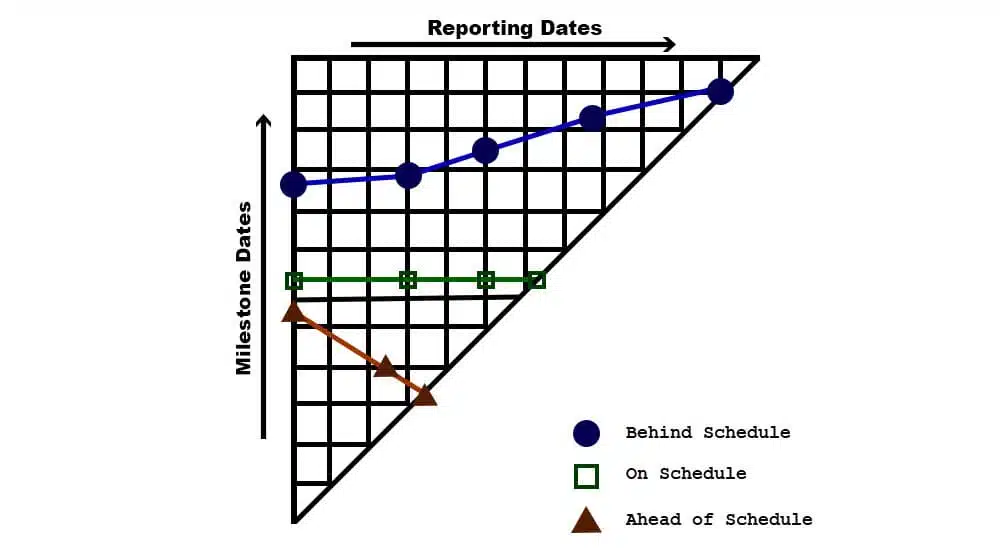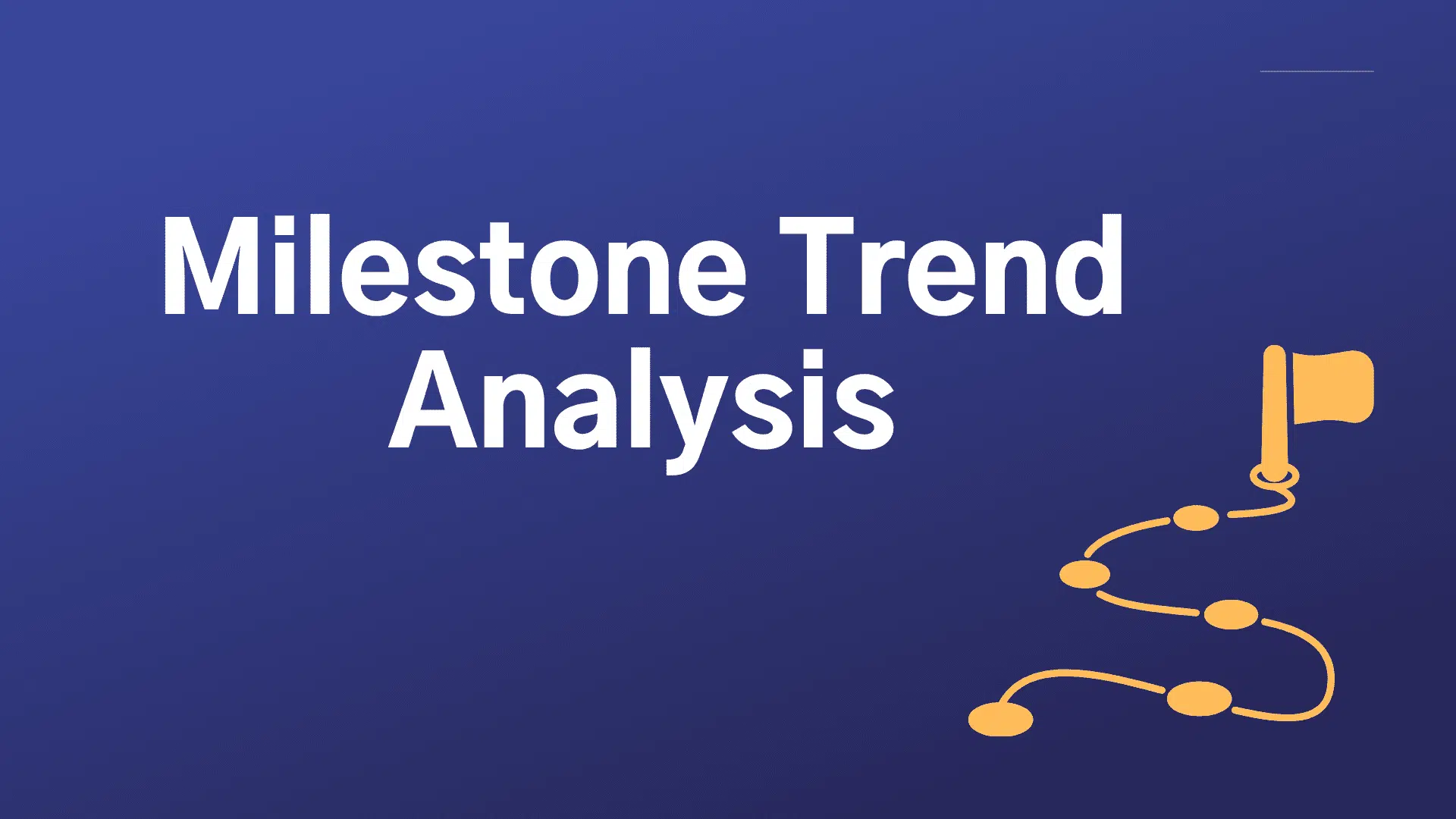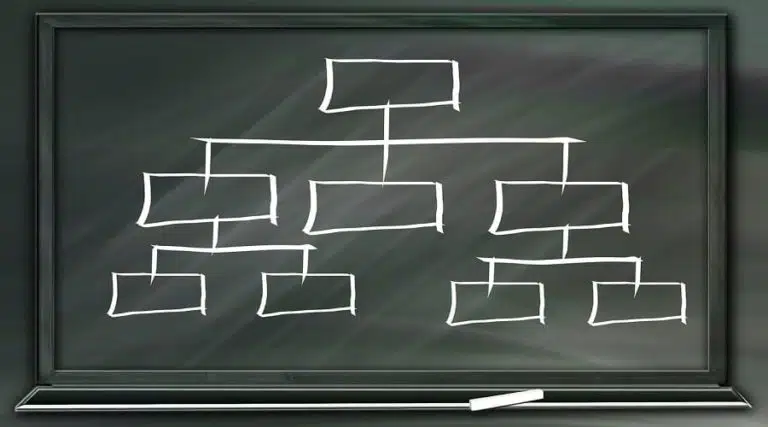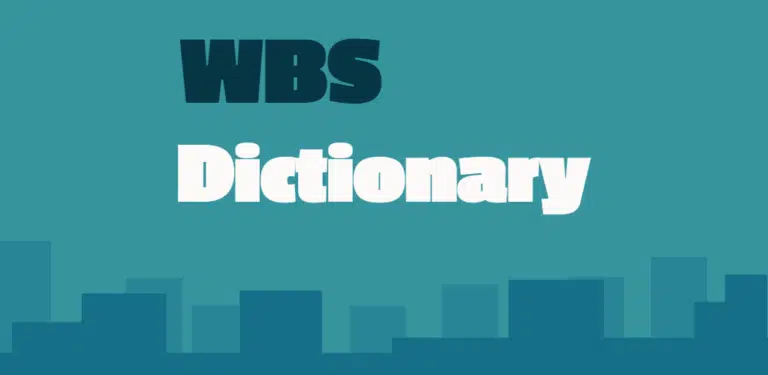A milestone trend analysis (MTA) is a project-planning technique that helps the project manager track the project’s progress. By looking at the milestone trend analysis chart, stakeholders can understand the direction the project is heading in and take remedial actions if required.
In today’s article, we will discuss trend analysis in project management in detail, but first, let us understand the project milestone.
What is a Project Milestone?
A project milestone is a key event in the project lifecycle. The milestone can represent the completion of a phase, such as the completion of the design phase or planning approval. It can also show the key event, such as handing the deliverable to the client.
Milestones help the project manager track the project’s progress. For example, you can see the planned date for achieving the milestone and when you achieve it and find if your project is on track or requires attention.
A project can have many milestones depending on the project. It is similar to checkpoints, which depend on the duration and complexity of the project. You can define the milestone on achieving milestones, completing the phase, receiving approval, delivering the deliverable, etc.
The final milestone will be delivering the final product to the project sponsor and closing the project.
What is Milestone Trend Analysis?
Milestone trend analysis helps you track and analyze the progress of a project or a series of events over time. It identifies key milestones in the project’s timeline and then monitors how they are achieved or delayed.
This analysis helps project managers and stakeholders gain insights into the project’s performance, identify potential issues, and make informed decisions. By comparing milestone achievements with planned milestones, you can assess if the project is on track, behind, or ahead of schedule. This information helps adjust project plans, allocate resources, and manage risks.
Developing a milestone trend analysis chart is easy as it does not require in-depth data. You only need the milestone completion date to develop the chart.
The Importance of Milestone Trend Analysis
Milestone trend analysis is helpful in project planning. You can quickly see the high-level overview of the project to find and analyze the issues. You can also find constraints and bottlenecks in your process that are affecting your progress.
With the milestone trend analysis chart, you can see whether you are consistently missing milestones and deadlines. This indicates poor performance, and you must take corrective actions to keep the project on track.
How to Use Milestone Trend Analysis
A milestone trend analysis graph is a visual chart with fixed dates for milestones. To use the milestone trend analysis, you must create a chart showing project progress based on the milestones achieving dates.
For example, if the first milestone is on Jan 1, the second milestone is on Feb 2, the third milestone is on Mar 3, etc., the milestone trend analysis chart will show a chart connecting these dates on a line.

The above image shows an example of an MTA chart.
The X-axis (horizontal axis) shows the reporting period, and the Y-axis (vertical axis) shows the milestones dates. The line connecting these days is the progress line.
If the progress line is straight, then you are on track. If it is upward, then the project is delayed, and a downward line shows that the project is ahead of schedule.
How Many Milestones a Project Can Have?
The number of milestones a project can have is not fixed and depends on the nature and complexity of the project.
The number of milestones a project has will depend on several factors, including:
- Project Size & Complexity: Larger and more complex projects will require more milestones to break the work into manageable segments.
- Project Duration: Longer projects will require more milestones to help track progress over time.
- Project Phases: Projects will often have different phases (e.g., planning, design, implementation, testing, deployment), and each phase should have its own set of milestones.
- Stakeholder Requirements: The needs and expectations of project stakeholders may influence the number and scale of milestones.
- Industry & Project Type: Different industries and project types should have their own standards and best practices to define milestones.
The key is to define meaningful, measurable milestones that align with the project’s objectives and goals. It is important to balance having enough milestones to track progress effectively and not overburdening the project with excessive work. The exact milestones for a specific project should be determined during the project planning and can be changed as the project progresses.
Advantages of Milestone Trend Analysis in Project Management
Milestone trend analysis has two key advantages.
The first advantage is that you can find deviations, issues, and bottlenecks quickly. You can find out if the project is experiencing delays and what milestone creates trouble. You can pinpoint the problem and take necessary actions to solve issues and mitigate risks.
The second advantage is that it is a great communication tool. You can communicate the project progress to key stakeholders using the milestone trend analysis chart, and they can understand the message easily.
Do I Need Milestone Trend Analysis for My Project?
It depends.
If your project is large and complex, it can benefit from milestone trend analysis. You can create this trend analysis chart and track the project’s progress. Trend analysis is a simple chart that does not include many details and provides high-level information with a quick look.
However, if your project is small, you don’t need it as your Gant chart or project network diagram is enough to track progress and monitor the project milestones.
Summary
Project milestones are critical events in the project lifecycle. Milestone trend analysis is a good communication tool that project team members can use to track the project’s progress, identify risks and bottlenecks, and communicate the project’s progress to stakeholders at-a-glance.

I am Mohammad Fahad Usmani, B.E. PMP, PMI-RMP. I have been blogging on project management topics since 2011. To date, thousands of professionals have passed the PMP exam using my resources.







